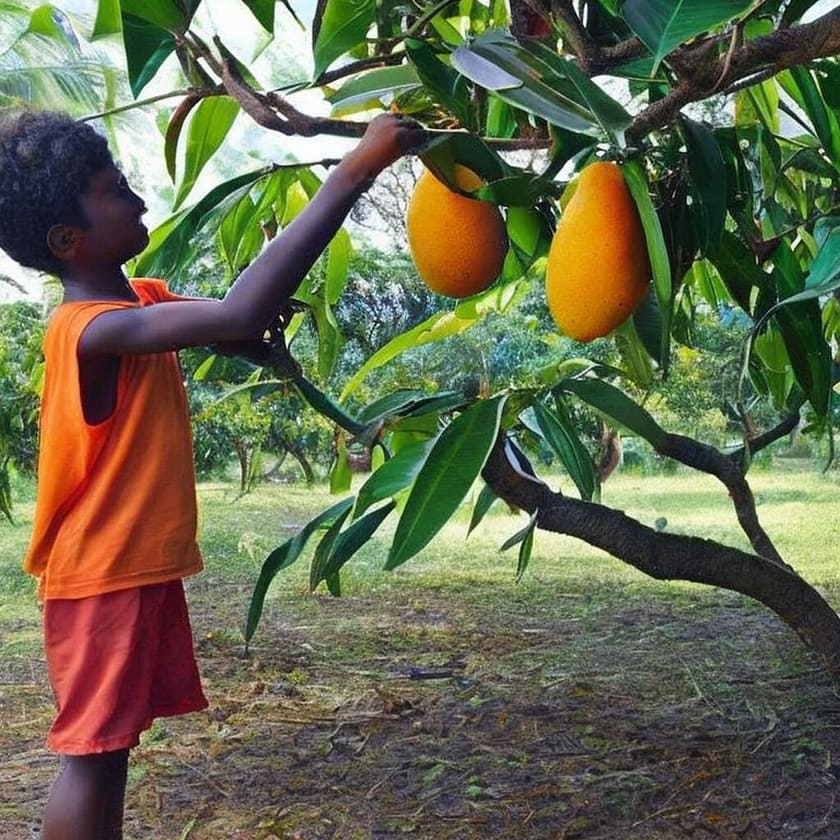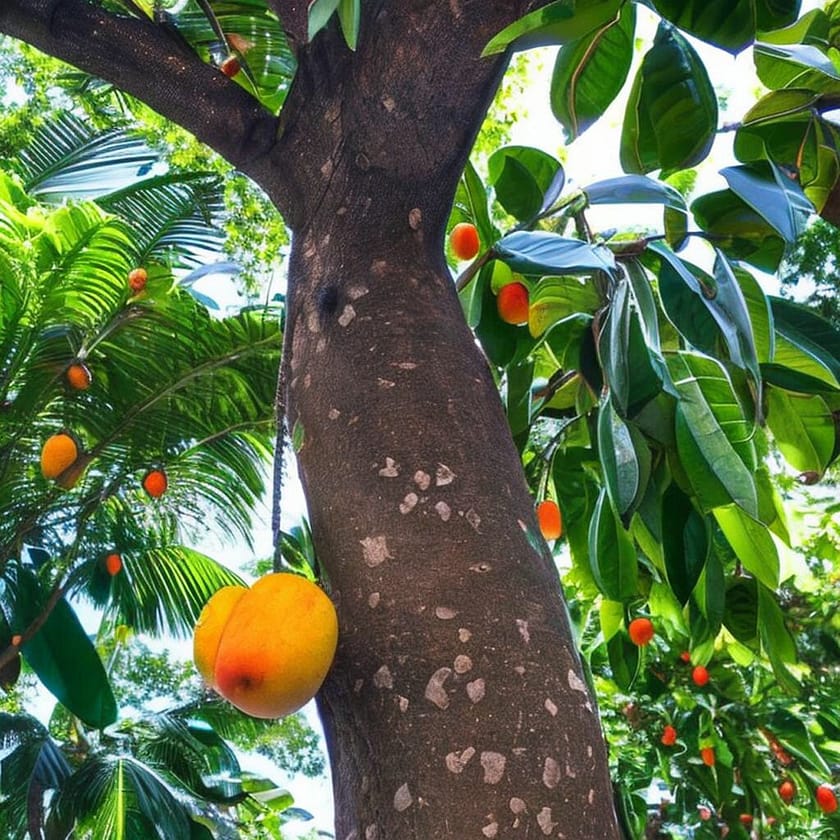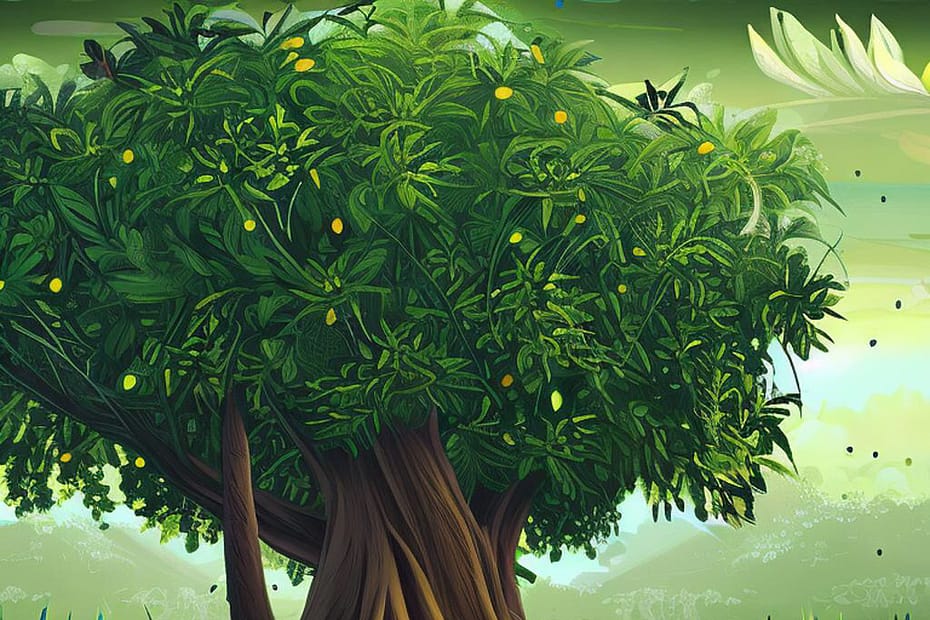Nature’s Sweetest Gift to the Forest
Welcome to The Mango Tree: Nature’s Sweetest Gift to the Forest! This lusciously sweet tree is the perfect addition to any forest, providing a delicious treat for all its inhabitants. Not only is it a tasty treat, but it’s also a great source of nutrition and vitamins, making it a great choice for those looking get a healthy snack. Plus, its unique shape and size make it a great conversation starter! So, come on down and get your hands on Nature’s Sweetest Gift – The Mango Tree!
Classification of mango tree
The scientific classification of mango tree is:
Kingdom: Plantae
Clade: Tracheophytes
Clade: Angiosperms
Clade: Eudicots
Clade: Rosids
Order: Sapindales
Family: Anacardiaceae
Genus: Mangifera
Species: Mangifera indica
The common mango tree belongs to the genus Mangifera and species Mangifera indica. It is an evergreen tree that belongs to the flowering plant family Anacardiaceae. The mango tree is a tropical fruit tree that is native to South Asia, but it is now cultivated in many parts of the world with a warm, tropical climate.

Mango Magic
Uncovering the Benefits of this Delicious Fruit
Mangoes are one of the most delicious and nutritious fruits in the world. Not only are they incredibly sweet and juicy, but they also provide a wide range of health benefits. From boosting your immune system to helping with digestion, mangoes are a powerhouse of nutrition. But what is it about this magical fruit that makes it so special? Let’s take a closer look at the mango and uncover many benefits of this delicious fruit.
The mango is a tropical fruit that grows on trees in the forest. It is a member of the Anacardiaceae family, which includes cashews, pistachios, and sumac. The mango tree can grow up to 30 feet tall and produces a wide variety of fruits. Mangoes come in a variety of colors, shapes, and sizes, and each variety has its own unique flavor.
Mangoes are a great source of vitamins and minerals. They are rich in vitamin C, which helps to boost your immune system and protect against infection. They are also high in fiber, which helps to promote digestion and keep you feeling full longer. Mangoes are also a good source of potassium, which helps to regulate blood pressure and keep your heart healthy.
Mangoes are also a great source of antioxidants, which help to protect your cells from damage caused by free radicals. They are also a good source of beta-carotene, which helps to protect your eyes from age-related vision problems.
In addition to their nutritional benefits, mangoes are also a great way to add flavor to your dishes. They can be used in salads, smoothies, salsas, and even desserts. Mangoes can also be dried and used as a snack or added to trail mix.
Mangoes are a delicious and nutritious fruit that can be enjoyed in a variety of ways. From boosting your immune system to protecting your eyes, mangoes offer a wide range of health benefits. So, if you’re looking for a tasty and nutritious snack, look no further than the magical mango!

The mango tree on Amazon
Videos
How to grow a mango tree from seed
Make sure to grow them!
Source OpenAI’s chatGPT Language Models, Dalle, AI trot and Fleeky
images Picsart and MIB
Invest in your future
Take time to learn
Embark on your journey in affiliate marketing and website creation alongside an incredible community and myself. Invest in your future by dedicating time to learn and earn. Take all the time you need to master the basics before aiming higher. Give it a try and sign up for free. You won't regret it! Discover the possibilities for yourself...


